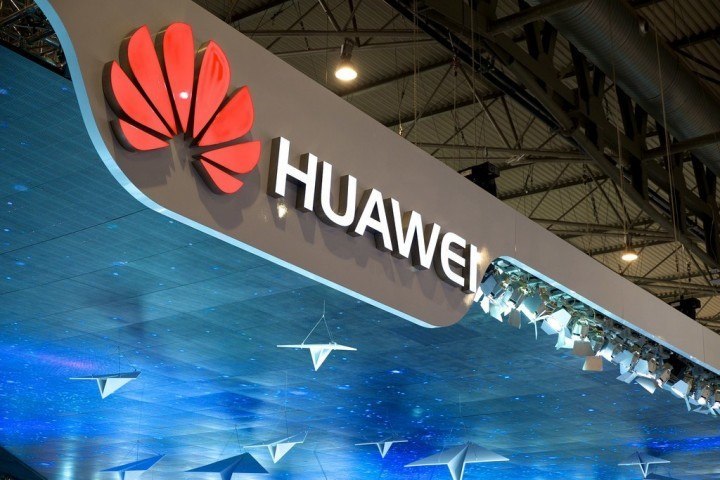
Photo by Kārlis Dambrāns
The global tablet market has had a rough year. According to a recent report from IDC, worldwide tablet sales shrunk nearly 15 percent year-on-year in Q3. Even giants like Apple and Samsung were not immune; both saw significant drops (6.2 percent and 19.3 percent, respectively). In total, consumers have bought about 7.5 million fewer tablets over the past four quarters than they did in the preceding year.
Few companies have dodged the slump, but one of the few bucking the trend is Huawei. Even as the market as a whole tumbled 14.7 percent, Huawei saw its tablet sales rise 23.4 percent year-on-year in Q3. So what is Huawei doing that other companies aren’t?
Cheap devices, good value
The iPad Pro is a sexy-looking tablet, there’s no doubt about it. But with the cheapest model coming in at US$600 (and that’s before any local import duties), Apple’s flagship tablet isn’t exactly wallet-friendly. Huawei’s flagship M3, in comparison, costs less than US$300.
And while you’d think an extra US$300 would give you a lot of extra firepower on Apple’s machine, that’s not really the case. The M3 does have a smaller screen than the entry-level iPad Pro, but it boasts a higher resolution than Apple’s much-touted retina display. It also boasts double the RAM of the iPad Pro, has an octa-core processor and an SD card slot, and sports many of the same features as the more expensive Apple, like a fingerprint sensor. It’s not all equal, of course – Apple’s tablet has a bigger battery and a better camera – but at less than half the price of Apple’s cheapest iPad Pro configuration, the M3 offers a very comparable experience.
Needless to say, being at the lower end of the price pool gives Huawei a leg up on expensive competitors like Apple and Samsung in developing markets. But even in the developed world, there are plenty of people who don’t want to pay US$600 or more for a tablet when a US$270 alternative can do the same things.
LTE service included
Another big advantage Huawei has is cellular network connectivity – more than two-thirds of its tablets come connected to wireless data networks right out of the box. In comparison, many competitors either offer wifi-only machines or charge for an upgrade to a model that supports cellular data. Getting LTE coverage on your iPad Pro, for example, adds an extra US$130 to the sticker price. But most Huawei machines include it as a standard feature, rather than as a paid upgrade.
That’s a huge selling point anywhere, but it’s especially important for sales in developing regions where mobile coverage is often available but wifi networks aren’t abundant.
Growing brand recognition
Huawei has always been a strong brand in China, but it is only in the past few years that it has become a recognizable name for gadget fiends even in Western countries. Its sales of all devices, including but not limited to tablets, have jumped accordingly. There’s no way to be sure how much of this is due to successful branding and marketing efforts – Huawei has invested in getting big Hollywood stars to advertise its devices – and how much is due to word of mouth as more consumers get their hands on Huawei products and are satisfied with the price-to-quality ratio.
If the tablet market continues its downward plunge, it will be interesting to see if other firms follow Huawei’s lead and head towards lower price points. Amazon, one of the few other tablet makers that has seen growth in the past year, also focuses on the low-cost-but-high-quality bracket, which suggests that low prices really are where the growth is. But will others, especially notoriously-expensive Apple, be willing to follow?
This post As tablet sales drop worldwide, here’s how Huawei is bucking the trend appeared first on Tech in Asia.
from Tech in Asia https://www.techinasia.com/tablet-sales-drop-worldwide-huaweis-bucking-trend
via IFTTT
No comments:
Post a Comment